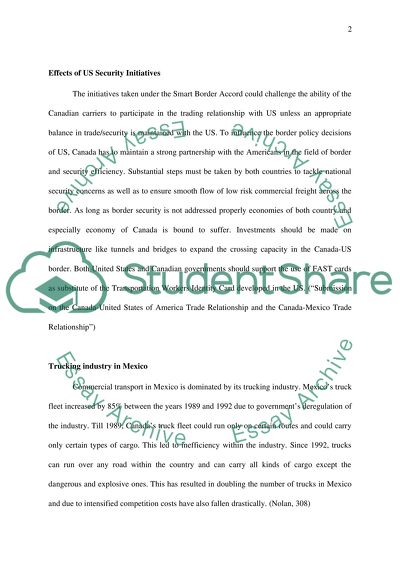Cite this document
(“Business security and globalization issues in Canada and Mexico Research Paper”, n.d.)
Retrieved from https://studentshare.org/military/1429397-business-security-and-globalization-issues-in
Retrieved from https://studentshare.org/military/1429397-business-security-and-globalization-issues-in
(Business Security and Globalization Issues in Canada and Mexico Research Paper)
https://studentshare.org/military/1429397-business-security-and-globalization-issues-in.
https://studentshare.org/military/1429397-business-security-and-globalization-issues-in.
“Business Security and Globalization Issues in Canada and Mexico Research Paper”, n.d. https://studentshare.org/military/1429397-business-security-and-globalization-issues-in.


